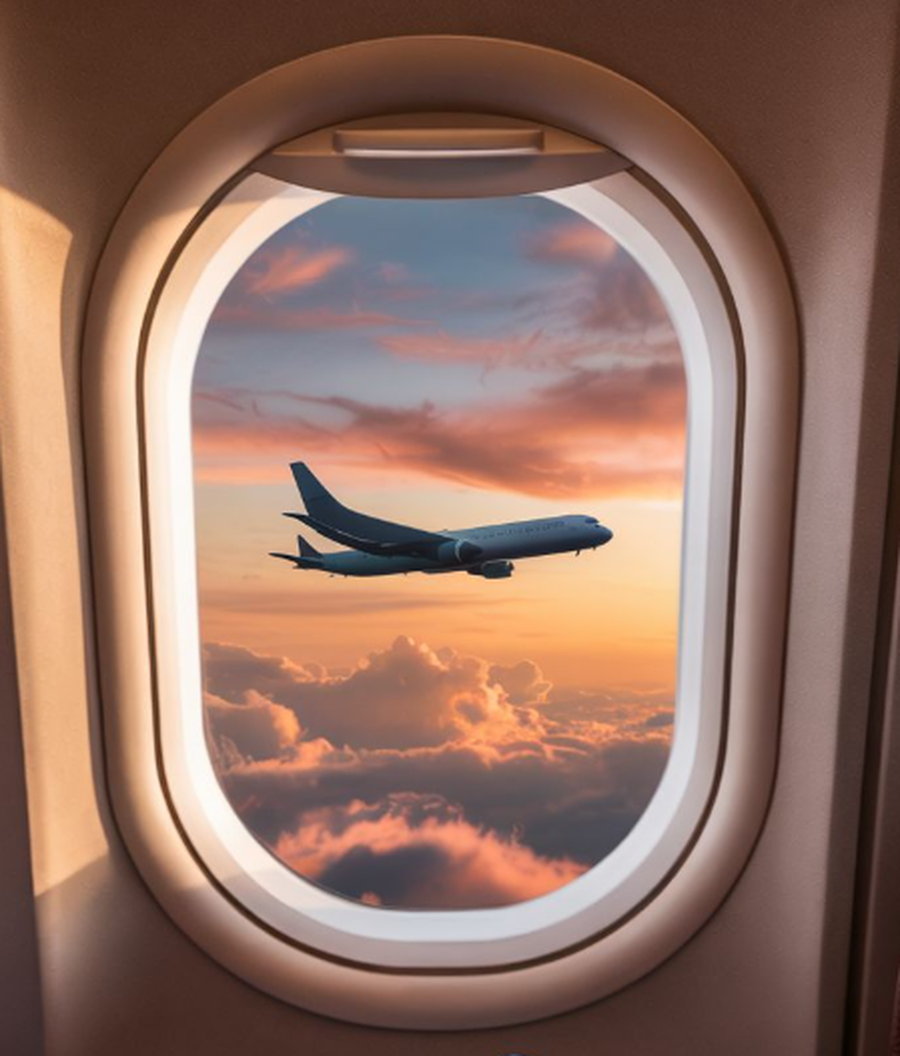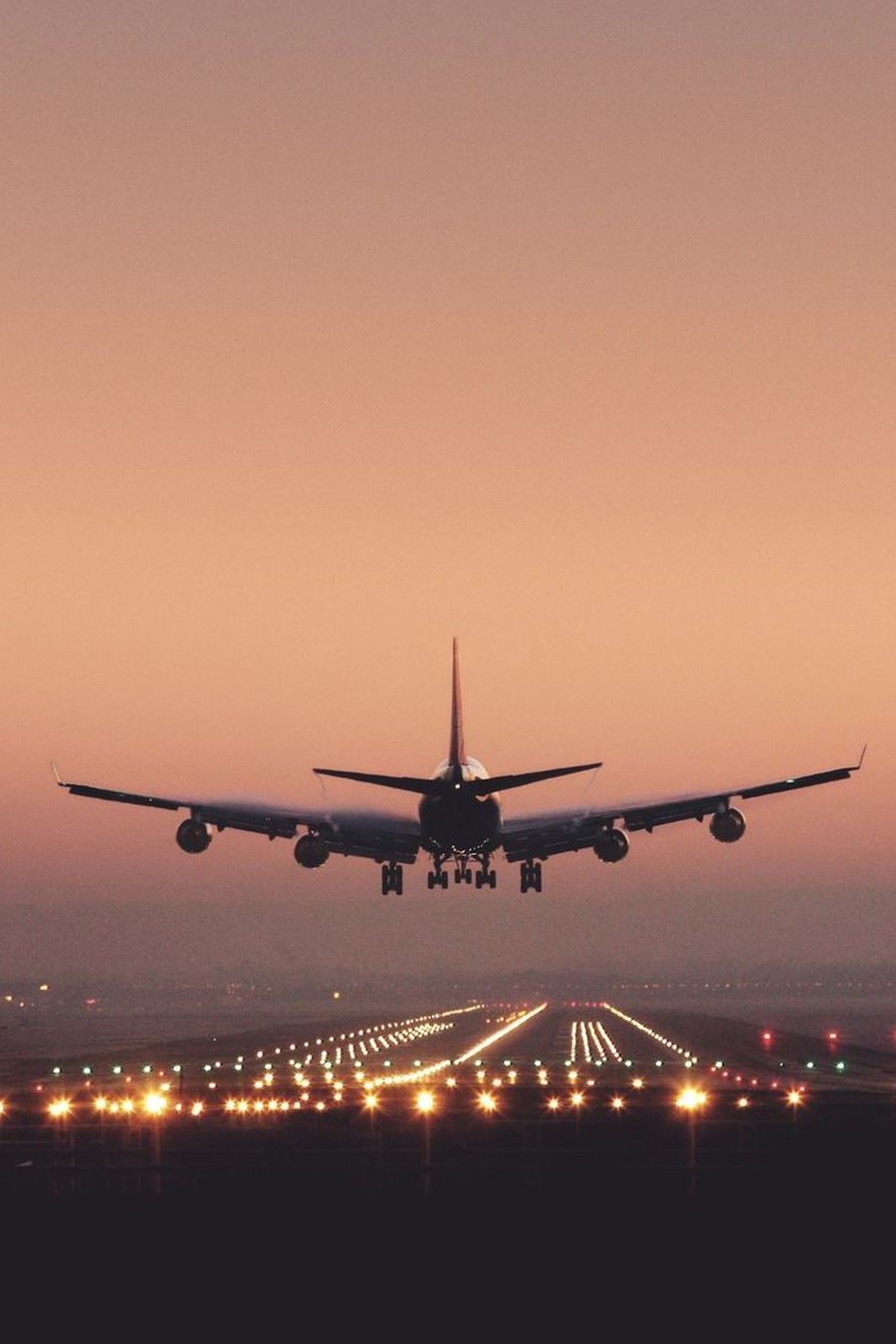
Turbulence during flights is nothing new, but it is becoming more frequent, stronger and more unpredictable. Experts say climate change is significantly affecting this factor.
According to the BBC, as atmospheric currents change and severe storms become more frequent, pilots are facing new challenging conditions in the sky. Meanwhile, passengers are experiencing disturbing, even dangerous, episodes.
Andrew Davies, a passenger flying to New Zealand in 2024, recounted a traumatic experience with extreme turbulence:
"It was like being in a carriage that was being bumped left and right. Coffee was spilling, people were screaming, there was real chaos in the cabin. Some were crying from fear."
As global temperatures rise and wind strength at high altitudes changes, the frequency and intensity of turbulence is expected to increase significantly.
According to estimates, around 5,000 cases of severe turbulence occur each year out of over 35 million global flights.
A recent study has shown a 55% increase in severe turbulence over the North Atlantic in the last 40 years. East Asia, North Africa and the Middle East are also at risk.
Why does turbulence happen?

The main causes include:
Atmospheric storms
Mountainous terrain (which creates air waves)
Turbulence in clear terrain, which is the most dangerous, as it is invisible and occurs suddenly
An American study has found that for every 1°C increase in global temperature, the frequency of lightning increases by 12%.
Pilot Nathan Davies stated:
"I'm seeing more large storms than ever before, some over 80 miles in diameter, which were previously rare."
According to a YouGov survey, more than 20% of adults in the UK are afraid of flying, and this concern is growing. However, planes are designed to withstand even extreme turbulence, so safety is not really at risk, although the experience can be frightening.
In economic terms, airlines lose up to £1.5 million a year due to damage caused by turbulence, including repairs, passenger compensation and delays.

In 2019, extreme weather forced airlines to travel an additional 1 million kilometers, producing 19,000 tons of CO? more.
Modern aircraft are equipped with radars that detect storms, so flight plans are carefully designed to avoid areas with a high risk of turbulence. However, turbulence over clear terrain is often unpredictable.
Should we be worried?
Although turbulence may occur more frequently and more severely, experts emphasize that it rarely poses a real threat to life.
"In most cases, they are just an inconvenience, not a major danger," explains pilot Davies.





